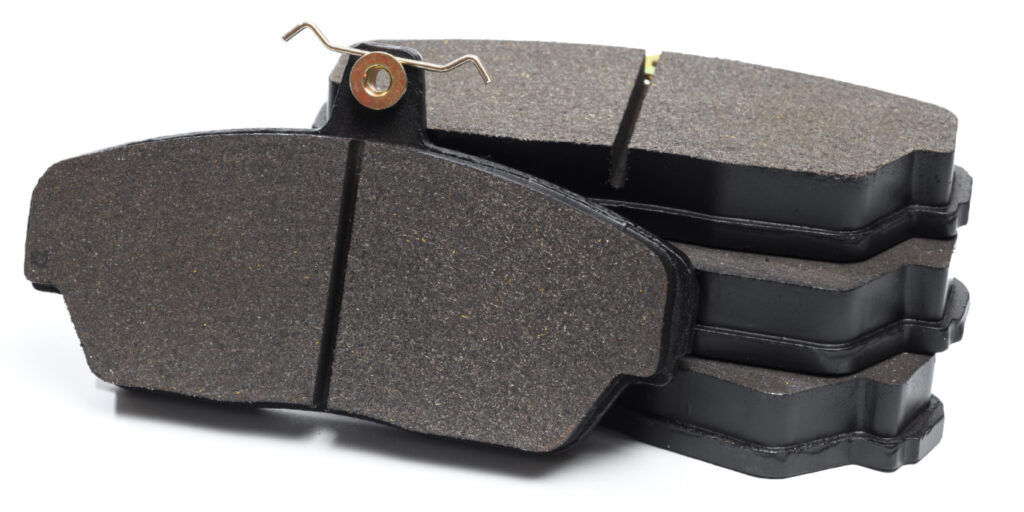 Removal or installation of spark plugs on modern vehicles requires extreme precision and care. Before removing a spark plug, check to see if it is still working properly and whether the engine itself is in good working condition since both go hand in hand. Spark plugs that have excess carbon deposits or are oil fouled could indicate that the engine isn’t running properly, which could be due to a number of possible causes. While replacing the worn spark plug can be a temporary solution, fixing the root cause is always better for ensuring that the spark plug doesn’t get damaged again.
Removal or installation of spark plugs on modern vehicles requires extreme precision and care. Before removing a spark plug, check to see if it is still working properly and whether the engine itself is in good working condition since both go hand in hand. Spark plugs that have excess carbon deposits or are oil fouled could indicate that the engine isn’t running properly, which could be due to a number of possible causes. While replacing the worn spark plug can be a temporary solution, fixing the root cause is always better for ensuring that the spark plug doesn’t get damaged again.
Before attempting to remove the spark plugs on a vehicle, first determine any special instructions by the vehicle’s manufacturer for accessing the spark plugs because engines can vary widely by make and model.
Next, you need a few important tools to ensure that damage doesn’t occur to the spark plugs during the removal process. These include a ratcheting socket wrench, a socket extension and a spark plug socket. A standard deep-well socket should not be used, as it can crack the ceramic insulator. You will also need a torque wrench that is able to measure as low as 10 pounds per square foot. You may need additional tools depending on the vehicle’s configuration.
Make sure the engine is off and is cool. Engine components can be very hot after running, so be cautious throughout the removal process. Be sure to wear proper protective equipment, including safety glasses and sturdy gloves.
There are two different types of spark plug connections in cars: spark plug wires and “coil on plug.” If you have spark plug wires, simply pull the boot off from the base. Remember that tugging on the wire too hard could cause damage.
With coils, you may have to remove some fasteners. Once you’ve done this, simply tug the coil off. If you‘re removing all of the wires or coils at once, mark the spark plug wires or coils to ensure you replace them in the proper sequence.
Use a spark plug socket to remove the spark plugs with an extension if needed. Don’t use a standard deep-well socket, as it can damage the spark plug. Make sure the socket is the same hex size as the spark plug.
Loosen the spark plugs one or two turns, then clean the surrounding area at this time to prevent dirt particles and debris from getting into the threads or the combustion chamber. You may need to apply some force if the worn plug is rusted and wasn’t installed properly previously.
If the spark plug is extremely tight, loosen it only a little and use penetrating oil on the threads. Let it sit for about five minutes to allow the oil to penetrate and then attempt to remove it again.
Once you have completed the job safely and correctly, dispose of the old plugs according to state and local ordinances.
Courtesy of Bosch. For more information visit: www.AASAKnowYourParts.org. For information on the entire portfolio of Bosch Spark Plugs, visit www.boschautoparts.com/auto/spark-plugs.













